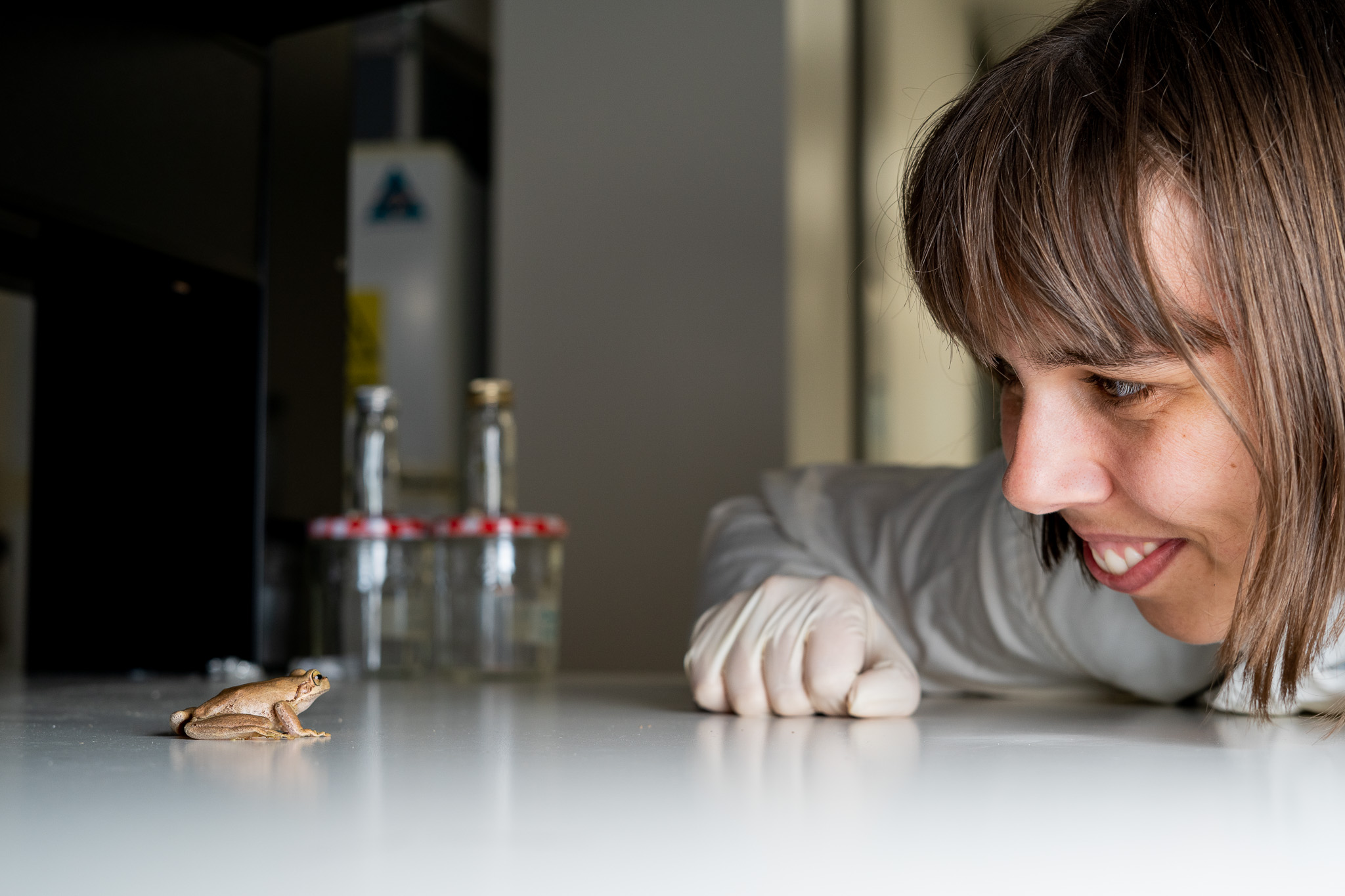New method to thaw frozen frog sperm produces better swimmers
Scientists have uncovered a superior method of freezing and thawing frog sperm leading to improved sperm quality. Driven by mass declines of frogs worldwide, research into cryopreservation of amphibian sperm has expanded for the purposes of conservation.
The finding drastically alters scientific understanding of amphibian sperm cryobiology and has significant implications for the application of sperm cryopreservation to the management of genetic diversity within both captive and wild populations of threatened frogs worldwide.
Led by University of Newcastle reproductive biologist, Dr Rose Upton, the study finds using less sucrose – or sugar – in the freezing process facilitates much higher cell recovery resulting in more intact membranes and sperm motility to produce better swimmers.
Sperm was tested from six frog species, and in all cases the new preferred thawing method was found to be superior to the traditional cryopreservation method.
The research has been published in the world-renowned journal, Reproduction.

Dr Rose Upton in a University of Newcastle lab with a Littlejohn's Tree Frog
Contact
- Communications Coordinator, Penny Harnett
- Email: penny.harnett@newcastle.edu.au
Related news
- New research reveals hidden cost of supporting adult children
- University recognises trailblazing geologist and advocate for women in science
- University of Newcastle moving the world through sport
- HunterWiSE inspires the next generation in STEM
- Science and Engineering Challenge celebrates National Finals
The University of Newcastle acknowledges the traditional custodians of the lands within our footprint areas: Awabakal, Darkinjung, Biripai, Worimi, Wonnarua, and Eora Nations. We also pay respect to the wisdom of our Elders past and present.